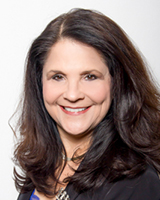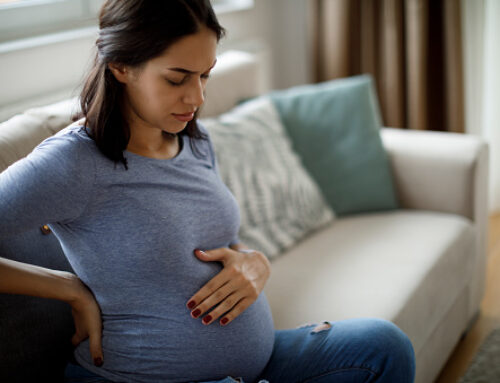According to the Centers for Disease Control (CDC), gun violence became the leading cause of death in children under 19, surpassing automobile accidents in 2017. Each day in the United States, 22 children aged 17 and under are victims of firearms. Five of these are killed (three by homicide and two by suicide), eight are shot by accident and survive, and eight are shot by a gun left unsecured and unattended at home. In 2020 in Florida, 251 children under 19 lost their life to gun violence, which equates to about one life lost every 35 hours.
As parents, it is our responsibility to keep our children safe from guns. The hope is that by sharing statistics as well as suggestions on how to improve gun safety, it will empower parents to be more active in their approach when protecting their children.
Accidental Gun Violence
Accidental shootings are more than 4 times as likely in a home with a firearm, but unloading and locking the gun can reduce the incidence rate by 78%.
Many observational studies have shown that when a firearm is “hiding” in the house, the children know where they are stored 75% of the time. It has been shown that children as young as 3 can fire a gun and in 2020, 125 children under 5 shot themselves or someone else. In 16% of accidental shootings involving children under 13, the child thought the firearm was a toy and not a real gun. Unfortunately, even real “toy guns” like BB guns or paint guns account for 22,000 injuries (mostly eye-related) every year.
Suicide Gun Violence
According to the American Academy of Pediatrics (AAP), suicide rates, which are rising yearly in adolescents, are 4 times as likely in a home with a firearm. In the past decade, 40% of the suicides committed by kids and teens involved firearms. Of these suicides, 90% were with firearms that the victims accessed in their own homes or from a relative’s home.
Gun Safety Education
The AAP states that there are several steps parents can take to keep their children safe from gun violence. Talking to your child about never touching or going near a gun is important, but this is not enough. Studies have shown that children who have been previously “taught” to not touch a firearm, when put in an observational study setting, overwhelming picked up the firearm that was in view. If a parent owns a firearm, it is imperative to practice “safe storage.” This means storing the firearm unloaded and locked in a safe or in a keyed locked box and storing the bullets separately. Do not leave firearms in glove compartments as this is an all too often easy means of access for children and for thieves. According to everytownresearch.org, in this country a gun is stolen from a car every 15 minutes.
Keeping our children safe in our own home is one hurdle, but what about when your child visits another home? If your child is allergic to certain foods or pets, you always make sure those are avoided when in someone else’s home (including sending an EpiPen and/or an inhaler). You always make sure your child is properly restrained when in someone else’s car as well. We all need to do the same regarding firearms. Asking Saves Kids (ASK) is a longtime public service campaign encouraging parents to ask about gun access and safe storage in a home before allowing one’s child to visit.
Gun Safety Laws
Florida does have a Child Access Prevention law that makes the owner of a gun liable should a child find it and injure or kill someone else. Currently, Florida also requires handgun training before a permit is issued. However, practicing appropriate caution is paramount to our kids’ safety.

Dr. Robin Straus-Furlong is a proud member of the TopLine MD Alliance practicing pediatrics in Miami-Dade County.
The TopLine MD Alliance is an association of independent physicians and medical practice groups who are committed to providing a higher standard of healthcare services. The members of the TopLine MD Alliance have no legal or financial relationship with one another. The TopLine MD Alliance brand has no formal corporate, financial or legal ties to any of the affiliated physicians or practice groups.




